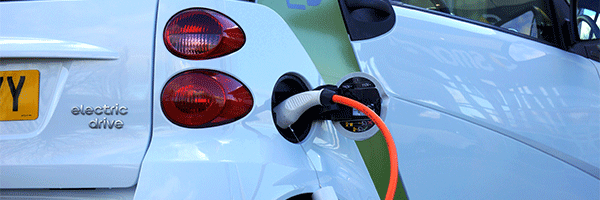On Wednesday, September 23, shares of Albemarle (ALB) and SQM (SQM), the two dominant lithium producers in the world, fell 11.56% and 11.82%, respectively, on an announcement at Tesla’s (TSLA) Battery Day that the electric car maker would start its own lithium mining operation in an effort to drive down battery costs. (The company also announced that it is developing a new battery technology that would reduce the amount of lithium used in a rechargeable battery.) Getting the price of a battery down by reducing costs and/or improving energy density is the key to making an electric car economically competitive–without subsidies–with a fossil-fuel vehicle.
On Thursday, September 24, however, Albemarle shares closed up 3.59% and SQM gained 2.73% in a generally lackluster market.
Why the difference?
Analysts looked into the details of Tesla’s plans and discovered how far out in time the company’s lithium plans are–four to five years at a minimum seems to be the consensus–and how shaky the plans are on key parameters.
On September 23 Chief Executive Officer Elon Musk told shareholders that Tesla has secured rights to 10,000 acres in Nevada where it aims to produce lithium from clay deposits using an internally developed technology.
Okay, but…
All the lithium now produced in the world comes from the evaporation of brine (the lowest cost method of production) or the mining of spodumene hard rock.
If Tesla can produce lithium from clay at a commercial scale and at commercial prices it would be the first company in the world to do so. (In Nevada, Tesla plans to mix clay with table salt and then add water to produce a brine. A chemical reaction with the salt would then leach out the lithium. Musk did not say where in Nevada the company had obtained the lithium rights or whether development has started.) Nevada already has several lithium clay projects under development, including one from Lithium Americas (LAC) that has been seeking federal permit approval for more than a decade. Lithium Americas’ process involves acid leaching, which is one reason why the permitting process has been so fraught. Tesla said its process won’t involve acid.
In other words, nobody has the slightest idea if Tesla plan and technology to produce commercial amounts of battery quality grades of lithium from clay is feasible. Or what the cost of lithium produced using this technology might be.
And then there’s the water problem. Tesla’s plan would require substantial amounts of water in an area where ranchers, farmers, and residential communities are already battling over access to underground aquifers.
Ironically, perhaps, Albemarle operated the only existing U.S. lithium mine at a site roughly 200 miles north of Las Vegas until it shut it down last month. In operation since the late 1960s, the site produced less than 5,000 metric tons a year, far less than Tesla would need.


